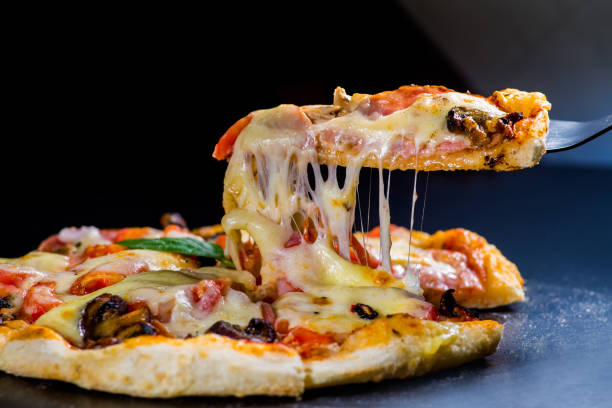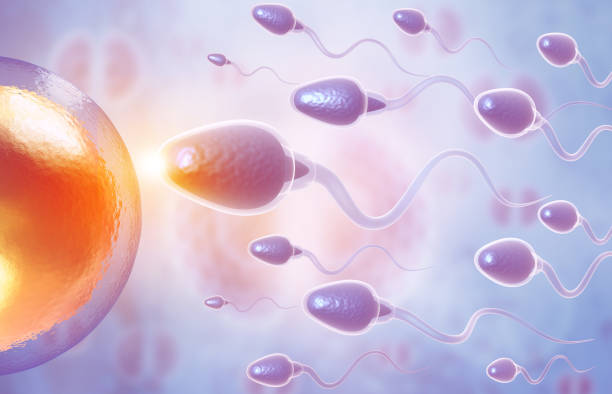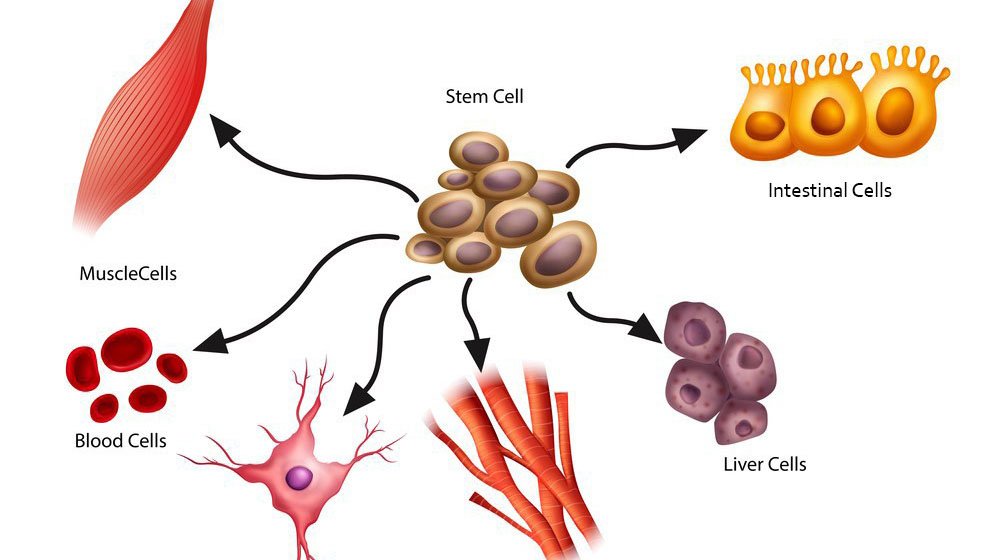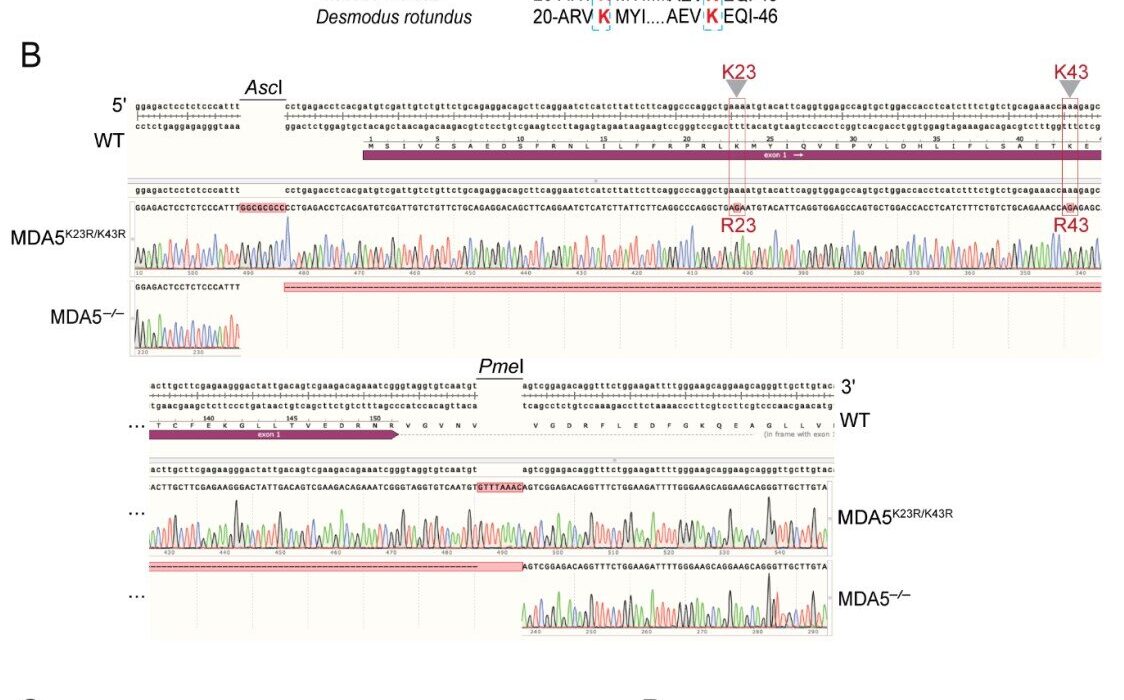In an age dominated by grab-and-go culture and fast food convenience, scientists from Fujita Health University in Japan have offered a compelling new insight into our eating behaviors: it’s not just what we eat, or even in what order, but how a meal is structured and consumed that most significantly influences how quickly we eat. Their study, published in Nutrients, reveals that meal type—not food sequence—is the critical factor in determining eating speed, chew count, and even chewing tempo. The implications for public health, particularly in the fight against obesity and metabolic disorders, could be profound.
The Hidden Cost of Speed Eating
The health consequences of fast eating are far from trivial. Numerous studies have linked rapid eating to higher calorie intake, poor digestion, and increased risk of obesity, which in turn raises the stakes for cardiovascular disease, type 2 diabetes, and cancer. Eating quickly reduces the opportunity for the body’s satiety signals to kick in, often leading individuals to overconsume before realizing they’re full.
Fast food—ubiquitous, heavily processed, and engineered for immediate gratification—has long been under scrutiny. These meals are typically high in sugar and fat, and their design often primes our brain’s reward circuits, encouraging compulsive consumption. But until recently, researchers have focused primarily on the composition of meals or the sequence in which foods are eaten as potential levers to slow people down.
Now, the spotlight is shifting to something simpler yet more fundamental: the structure and format of the meal itself.
From Pizza to Bento: The Anatomy of an Experiment
In their novel intervention trial titled “The Meal Type Rather than the Meal Sequence Affects the Meal Duration, Number of Chews, and Chewing Tempo,” Fujita Health University researchers aimed to disentangle the influence of meal sequence from meal format.
Forty-one adult participants, comprising both men and women aged 20 to 65—all faculty or staff members at the university—were enrolled. Over a 12-week period, each participant was asked to consume three distinct meals in a controlled setting.
The first was a microwave-heated slice of pizza, eaten by hand. Four weeks later, they returned to eat a neatly compartmentalized bento box featuring hamburger steak, rice, and broccoli, with instructions to consume the vegetables first. Four weeks after that, they repeated the bento meal, but this time, ate the vegetables last.
To objectively monitor eating behavior, researchers used video analysis to time each meal and a specialized wearable device called Bitescan to record bite count, chew rate, and chewing tempo. These tools provided a granular, real-time view of how eating behaviors shifted depending on the meal format and sequence.
Bento Beats Pizza: The Numbers Tell the Story
The results were striking. Bento meals consistently took longer to consume than pizza. When vegetables were eaten first, the bento meal lasted an average of 182 seconds longer than the pizza meal. When vegetables were consumed last, that difference increased to 216 seconds. Both outcomes were statistically robust, with p-values under 0.0001.
Crucially, the order of vegetable consumption had no significant effect on meal duration or chewing behavior. What mattered was the meal type: eating with utensils from individually portioned dishes prompted people to chew more, chew faster, and eat more slowly overall—regardless of food sequence.
In quantitative terms, bento meals led to a significantly higher number of chews and an elevated chewing tempo, defined as chews per minute. Yet interestingly, the total number of bites did not vary meaningfully between the fast-food and bento conditions. This suggests that bite size and chewing efficiency, not bite frequency, were the dominant factors in eating speed.
Another intriguing finding was the lack of correlation between body mass index (BMI) and meal duration. While people might assume that those with higher BMIs eat more quickly, this study found no such link. However, age and male sex were negatively associated with meal duration—older individuals and men tended to eat faster than younger and female participants.
Tools, Texture, and Tempo: Why Bento Slows Us Down
Why do bento-style meals slow eating? The researchers point to several mechanisms. First, utensils introduce a mechanical constraint—you physically cannot eat as quickly with chopsticks or a fork as you can with your hands. Second, the segmented structure of a bento box requires a mental shift between items, adding brief pauses that break the rhythm of continuous eating.
Additionally, different textures and chewing demands across meal components (e.g., rice, vegetables, protein) require more oral processing than a soft, uniform food like pizza. This naturally slows chewing tempo and increases satiety cues.
In contrast, fast food is engineered for speed and efficiency: hand-held, hyper-palatable, and easy to chew. The uniformity of such meals minimizes sensory and mechanical variety, enabling rapid consumption with minimal effort.
Implications for Health and Policy: A New Frontier in Dietary Interventions
The implications of this research extend beyond academic curiosity. At a time when public health strategies are urgently seeking effective, low-cost behavioral interventions to combat obesity, meal structuring offers a promising, underexplored avenue.
While nutritionists have long advocated for “mindful eating,” it’s been hard to define what that means in practical terms. This study suggests a tangible, implementable approach: design meals that naturally slow people down by using structure, utensils, and variety—without relying solely on willpower or complex behavioral training.
Public health guidelines might, for example, begin recommending bento-style lunches in school and workplace settings. Restaurants and cafeterias could be encouraged to offer meals with diverse textures and components served in separate dishes. Even home-cooked meals could be optimized by focusing on portion segregation, texture diversity, and the use of utensils.
The findings also cast doubt on previous interventions focused on food sequence alone—such as eating vegetables first to reduce glycemic spikes or appetite. While those strategies have merit for blood sugar control, they may be insufficient when the goal is to modify meal duration and reduce caloric intake. As this study shows, meal type trumps meal order when it comes to eating pace.
A Paradigm Shift in How We Think About Eating
This study from Fujita Health University represents a subtle but significant paradigm shift in nutritional science. Rather than asking people to exert willpower against the allure of fast food or to follow rigid eating sequences, it suggests a simpler, more sustainable solution: change the format of the food itself.
By paying attention to the form and function of meals—how they are served, what tools are used, and how sensory variety is incorporated—we may be able to reshape not just how people eat, but how they feel while eating.
After all, a slower meal is not just a healthier one. It’s also often a more enjoyable, social, and satisfying experience. In a world where the clock never stops ticking, perhaps the key to better health lies not in what we eat first—but in how slowly, thoughtfully, and joyfully we eat everything else.
Reference: Kanako Deguchi et al, The Meal Type Rather than the Meal Sequence Affects the Meal Duration, Number of Chews, and Chewing Tempo, Nutrients (2025). DOI: 10.3390/nu17091576






